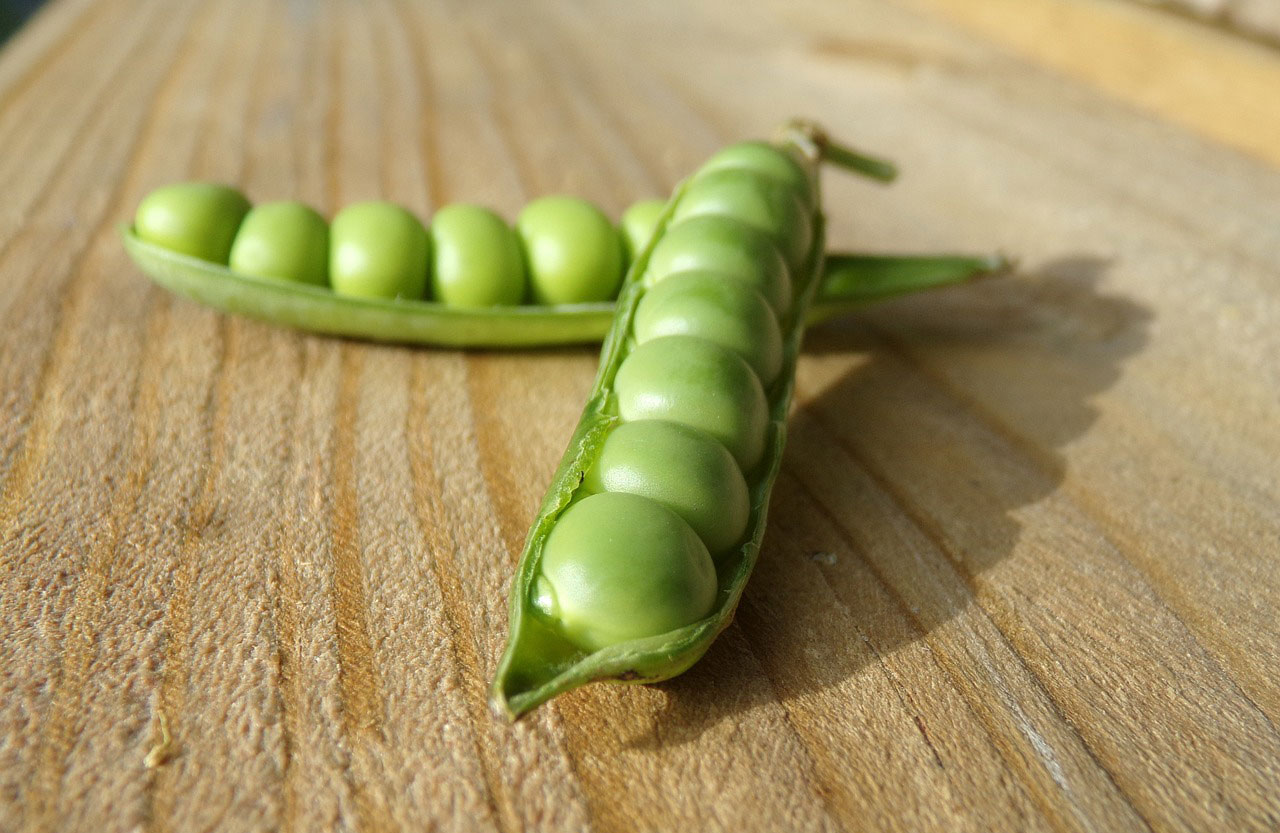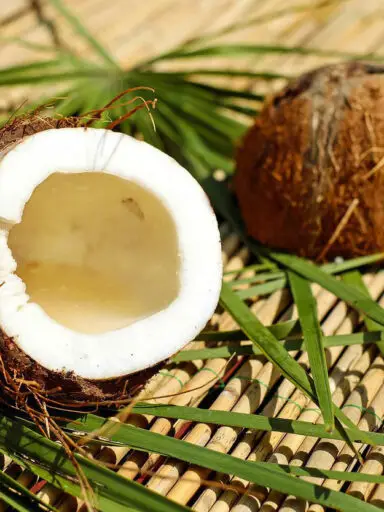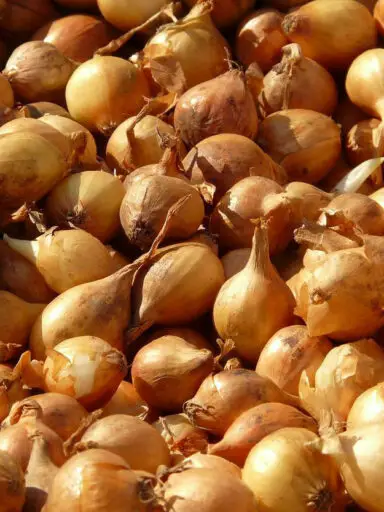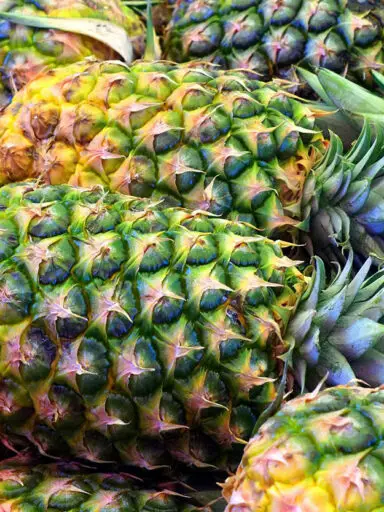The green pea also popularly known as the garden pea is a delicious little spherical green seed or pod of the family of Fabaceae, in the genus, Pisum with the scientific name, Pisum sativum. It is closely related to snow peas or sugar snap peas.
Botanically the pea pod is a fruit and it goes by other popular names such as English peas, sweet peas, mange-tout, split peas, or pease. It is an annual herbaceous vine. It produces green pods which bear the seeds.
It does best in well-drained soils with cool weather conditions. Each pea pod measures about five to ten centimeters long. The seeds are arranged along the length in a single row. The pods are usually harvested when the seeds are still immature green and soft. Older seeds turn yellow and harden and bear less flavor.
Green peas are native to the Himalayan plains of northwest India but today are grown around the world in sub-tropical and temperate regions. Wild peas are grown around the Mediterranean basin and the Near East.
Pea tendrils and young pods are tender and are also eaten in modern cooking in addition to split peas and dried peas.
Depending on the time of the year and region, the green pea is available in markets throughout the year. This is especially true for dried pea, mature and split pea, and flour preparations.
Fresh pods are vibrant, full-bodied, and feel heavy in hand. Avoid pods that have blemishes or bruises and cuts. They should not have any mold or signs of rotting or discolorations.
The pod should be green in color. The pods should not be saggy and should split open at the spine when pressure is applied to them.
They can be stored in an airtight container once purchased and at home where they keep for a couple of days. Frozen peas can keep for several months. Freshly harvested peas have the best flavor and sugar content. The sugar slowly converts to starch after harvesting.
Preparation of the Green pea for Culinary Purposes
The pod can be split by applying pressure to it and then removing the seeds and placing them in a bowl. The seeds can then be washed.
Younger tendrils and tender pods which are intended for eating as is should also be washed under running water to remove any soil and dirt residue as well as fungicide and pesticide residue.
To prepare the peas one would tend to blanch them in slightly salted water for a few minutes. They can then be added to salad and vegetable dishes. As an alternative, they can be added uncooked to vegetable dishes, meat, and poultry stew, and sauce preparations.
They are used also in the making of soup and in starter dishes. The Garden pea pairs well with other vegetables such as carrots, mashed potatoes, broccoli, beets, artichokes, onions, and rice among others.
Nutritional Benefits
The green pea provides 81 calories per 100 grams. It is a rich source of carbohydrates and protein. It contains small amounts of fat and no cholesterol at all. It is a rich source of dietary fiber vitamins and minerals.
They are rich in B-complex vitamins such as folates, niacin, pyridoxine, riboflavin, and thiamin. They are also a good source of pantothenic acid.
These peas also come packed with vitamin C, vitamin A, and vitamin K with trace amounts of vitamin E.
In addition, they are a rich source of minerals including copper, iron, and manganese. Others are magnesium, zinc, selenium, and calcium.




